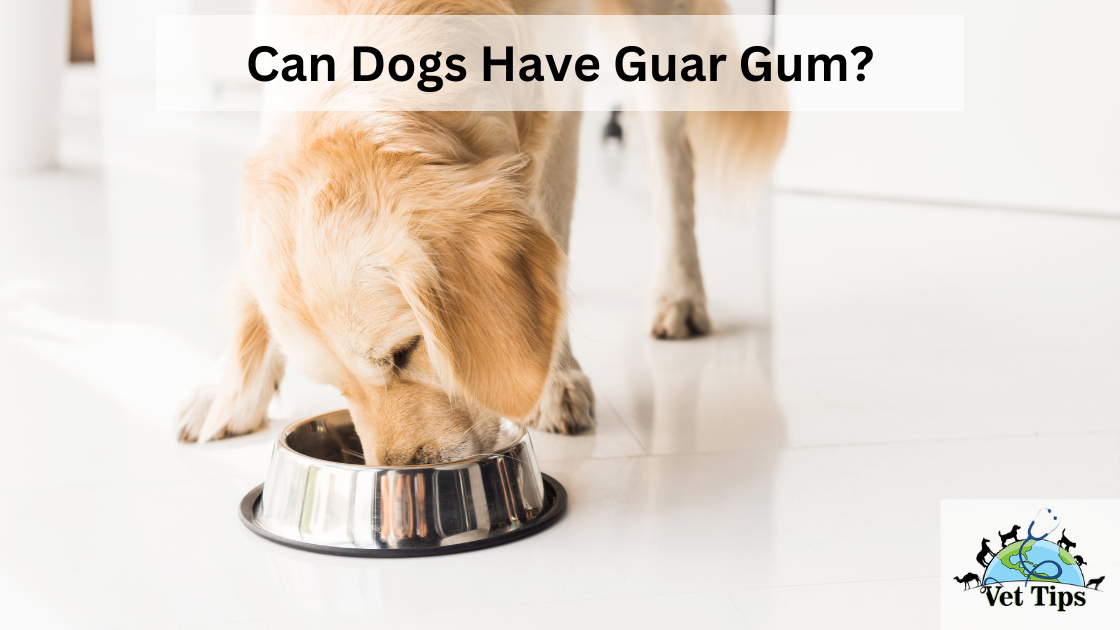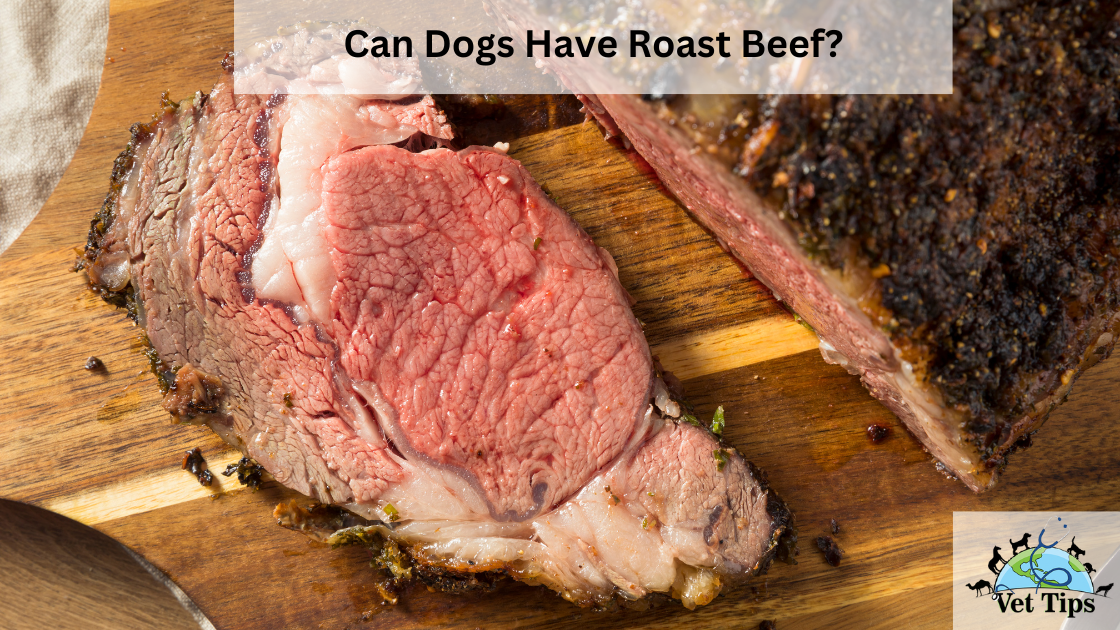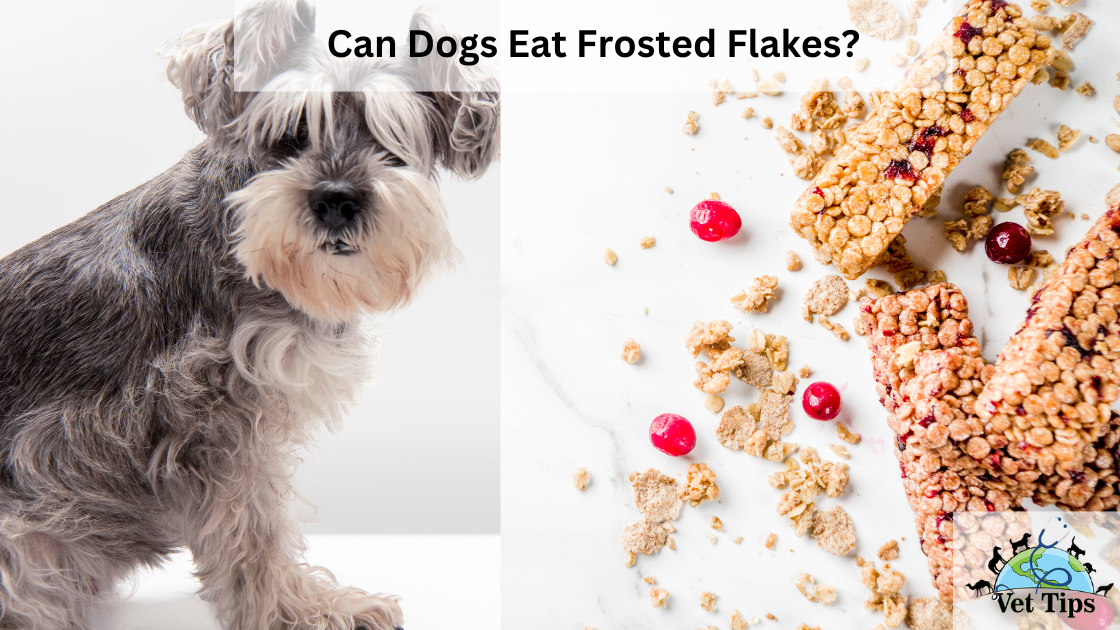Guar gum is an ingredient that may be found in a lot of different brands of commercial dog food. But can dogs have guar gum? In this article, we will investigate the issue of guar gum and dogs. Now that we have your attention, let’s delve deeper into the topic of guar gum and the effects it has on our canine friends.
What is Guar Gum?
The seeds of the guar plant, which are mostly cultivated in India and Pakistan, are the source of guar gum, a natural food ingredient that is extracted from those seeds. In the food business, it is a form of thickening and stabilizer that is frequently used to enhance the texture and consistency of products. It is well recognized that guar gum, when combined with water, may form a material that is similar to gel, which is why it is an important component in a wide variety of processed foods.
Why is it in Dog Food?
The preparation of dog food also has a use for guar gum, which serves a purpose. It is used to assist bind the components together, enhance the texture of moist dishes, and give a consistency that is smoother overall. In addition, the palatability of dog food may be improved with the addition of guar gum, making it more enticing to our four-legged companions.
Is Guar Gum Good for Dogs?
It is widely accepted that it is safe for dogs to consume guar gum when given to them in the right proportions and with proper moderation. It is a type of fiber known as soluble fiber, and it can help to promote healthy digestion as well as regular bowel motions. Guar gum’s gel-like characteristics can assist in inducing a sensation of fullness, which may be advantageous for dogs on diets designed to regulate their weight. Guar gum is also good for humans.
Is Guar Gum Bad for Dogs?
Guar gum has been shown to offer some possible health advantages, but if dogs consume too much of it, they risk experiencing some side effects. It has the potential to produce gastrointestinal problems, such as bloating, gas, or loose stools, and this is a cause for caution. There is a possibility that certain dogs are more susceptible to the side effects of guar gum than others. It is essential to monitor how your dog reacts to the medication and get professional medical advice if any bad symptoms manifest themselves.
Sources of Guar Gum in Dog Food
There are a few distinct varieties of dog food, both wet and dry, that use guar gum into their formulations. It is frequently employed as a thickening ingredient in meals preserved in cans or pouches and in snacks that are only partially moist. Guar gum may be added to dry kibble to enhance the texture of the kibble and assist in creating the shape of the kibble.
How Much Guar Gum Do Dogs Need?
The amount of guar gum that should be included in a dog’s diet is variable and can change based on some factors, including the dog’s age, size, and overall health. You must adhere to the instructions that the particular maker of the dog food supplies. Your dog’s food may include guar gum and you should discuss these with your veterinarian so that they can provide you with individualized guidance.
Dog Foods with Guar Gum
Guar gum is found in the ingredient lists of a number of different types of commercial dog food. Blue Buffalo, Rachel Ray Nutrish, and Hills’s Sciene Diet are just a few examples of well-known brands that use guar gum as a thickening ingredient. These companies provide diverse alternatives, such as various protein sources and customized formulations designed to meet certain dietary requirements.
Dog Foods without Guar Gum
There are other choices accessible to you if you would prefer not to include guar gum in the food that you provide to your dog. Some brands promote themselves as devoid of guar gum, along with touting their natural and low-ingredient formulations. These firms make it their mission to offer options for dog owners looking for different kinds of food to feed their canine companions.
What’s The Difference Between Guar Gum and Xanthan Gum?
Guar gum and xanthan gum are two types of gum frequently utilized in the food industry because of their thickening and stabilizing capabilities. However, they originate from a variety of sources and have a few distinguishing qualities of their own. Both guar gum and xanthan gum originate from the guar plant; however, xanthan gum is created by the fermentation of bacteria utilizing sugar as their primary fuel source.
The primary distinction between the two may be found in their consistency and viscosity characteristics. Guar gum is responsible for producing a texture that is more gel-like and viscous. Whereas xanthan gum is responsible for producing a texture that is smoother and more elastic. Xanthan gum is usually employed in meals requiring stability under heat and acidic conditions. Whereas guar gum is typically selected for use in applications that take place at room temperature.
When it comes to canines, several brands of commercially available dog food include both guar gum and xanthan gum as an ingredient. If you have any worries about including these components in your dog’s food, it is essential to consider the specific sensitivities of your canine companion and discuss it with the veterinarian.
FAQs
Is Guar Gum A Natural Ingredient?
Guar gum is a natural substance since it comes from the seeds of the guar plant. However, before its usage as a food additive, several processes have been done, including processing and extraction.
What are The Side Effects of Guar Gum?
Guar gum can cause gastrointestinal problems in dogs, such as bloating, gas, or loose feces, if the dog consumes an excessive amount of it. You must keep a close eye on how your dog reacts to guar gum and seek the advice of a professional veterinarian if any undesirable symptoms manifest themselves.
Tell us in the comments, how you like our article “Can Dogs Have Guar Gum?”
For similar posts like this, click here.
For the source file, click here.








